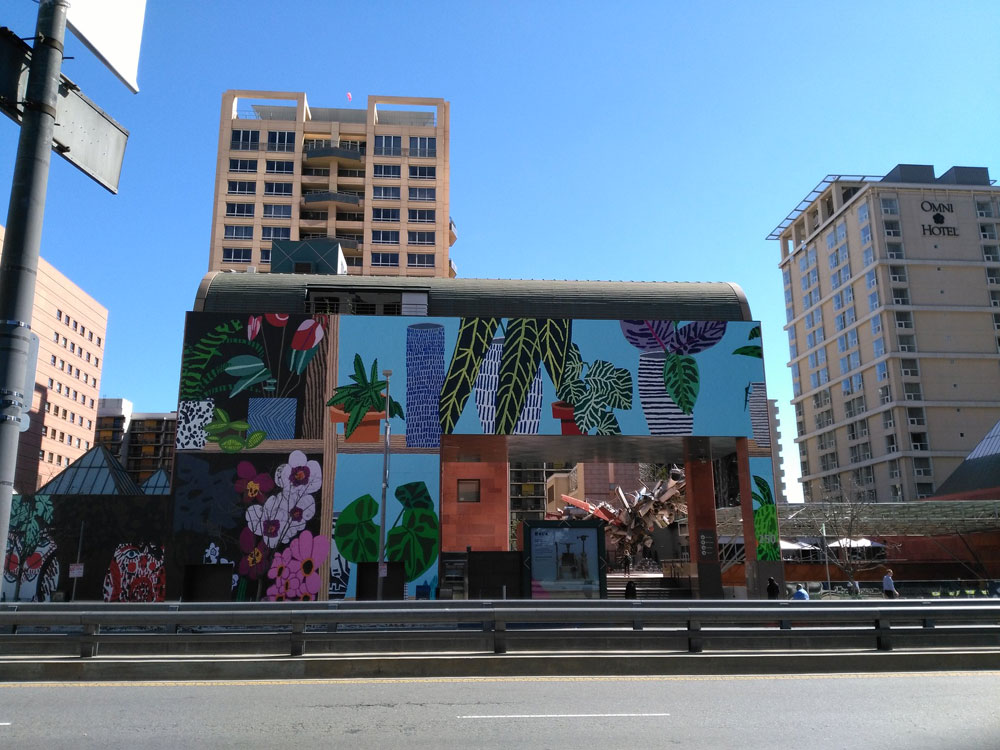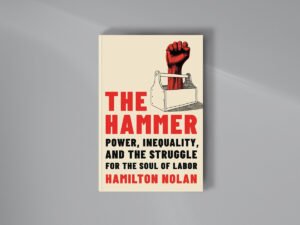
November 22, 2019; Hyperallergic and the Los Angeles Times
Employees of the Museum of Contemporary Art (MOCA) in Los Angeles have become the latest to join a wave of unionization drives in the world of art.
Fifty employees gathered outside the office of MOCA Director Klaus Biesenbach to read a statement from more than 120 workers announcing their campaign to unionize with the American Federation of State, County and Municipal Employees (AFSCME). AFSCME represents workers at more than a dozen museums nationwide, including New York’s Metropolitan Museum of Art, the Brooklyn Museum, and the American Museum of Natural History.
L.A. Times arts writer Deborah Vankin reports that MOCA workers cited pay, working conditions, and transparency between management and employees—all classic motivations for workers lacking negotiating power without union intervention—as their primary issues. An anonymous MOCA audiovisual technician told ArtNet News that the unionization push was about “coming together in solidarity as artists, craftspeople, and workers with the hopes of making MOCA a more democratic and humane workplace.”
MOCA is currently in the news for its initiative to offer free admission starting January 11, 2020, made possible by a $10 million gift from philanthropist and MOCA board president Carolyn Clark Powers. The backdrop of the largesse and the professed intent for “MOCA to be an active, civic-minded institution, open and inviting to our communities” contrasts with the workers’ concerns. Can museums be civically minded without also becoming responsible employers?
Sign up for our free newsletters
Subscribe to NPQ's newsletters to have our top stories delivered directly to your inbox.
By signing up, you agree to our privacy policy and terms of use, and to receive messages from NPQ and our partners.
Earlier this year, Hyperallergic and NPQ covered a “radical act of transparency” in which thousands of museum and art workers shared their salaries and benefits, or lack thereof. The spreadsheet also revealed the names of the institutions for which they worked, exposing the inequality and unsustainable wage levels within these institutions despite their community benefit goals. The Google Sheet, which is still open and viewable as of the date of this writing, lists the salary of MOCA’s Manager of School and Teen Program at $54,000.
Meanwhile, unionized workers at an L.A. nonprofit of similar size were in the news a few months back protesting layoffs. Still fresh in the minds of L.A. art enthusiasts is the shocking news of the Marciano Art Foundation’s mass layoffs which followed employees’ announcement that they were unionizing and preceded the shuttering of the museum. (The author, a resident of the greater Los Angeles region, visited the institution in the spring to view a popular Yayoi Kusama exhibit, free of charge.)
In a system of funding and operation that accepts low wages and poor working conditions, who looks out for the interests of workers who serve the social good in high-cost areas? Left to their own devices, workers must use the tools they have, since neither employers nor funders are addressing the wage gap. (Union jobs on average pay 30 percent more than non-union wages.)
As Vankin points out, unionization in the art museum world can make a difference. In 2017, workers at the city’s Museum of Tolerance organized and in their 2018 contract, the lowest-paid employees, many of whom earned close to the Los Angeles minimum wage, won a 41.6-percent increase over the life of the four-year union contract.
In short, although fundamentally adversarial, the framework of US unionization can provide much-needed salary and working condition gains to workers. However, fundamental systemic reforms are needed to address longstanding wage stagnation and a lack of rights and respect for workers everywhere.—Kori Kanayama












